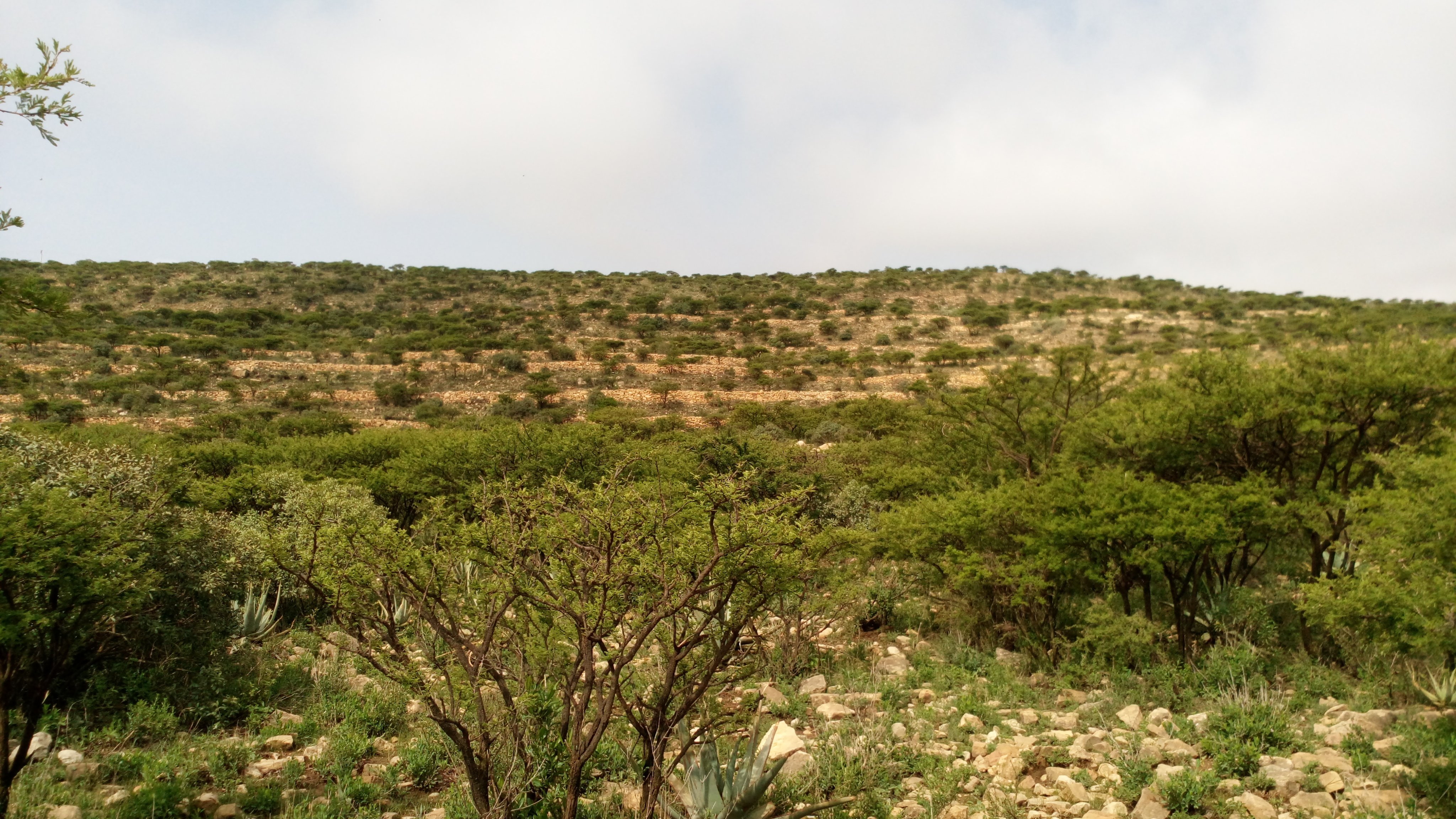Afedena (exclosure) on:
[Wikipedia]
[Google]
[Amazon]
Afedena is an


/ref> after which carbon credits are sold * the revenues are then reinvested in the village, according to the priorities of the communities; particularly building classrooms for Afedena school.
EthioTrees on Davines website
EthioTrees project website
EthioTrees on Plan Vivo website
Link For Forestry Projects
2008 establishments in Ethiopia Land management Environmental conservation Greenhouse gas emissions Emissions reduction Carbon finance Exclosures of Tigray Region Dogu'a Tembien
exclosure
An exclosure, in an area being used extensively for grazing, is a limited area from which unwanted browsing animals, such as domestic cattle or wildlife such as deer, are excluded by fencing or other means.
Environmental protection
Most commonl ...
located in the Dogu'a Tembien
Dogu'a Tembien (, "Upper Tembien", sometimes transliterated as Degua Tembien) is a woreda in Tigray Region, Ethiopia. It is named in part after the former province of Tembien. Nowadays, the mountainous district is part of the Southeastern Tigray ...
''woreda'' of the Tigray Region
The Tigray Region, officially the Tigray National Regional State, is the northernmost regional state in Ethiopia. The Tigray Region is the homeland of the Tigrayan, Irob, and Kunama people. Its capital and largest city is Mekelle. Tigray is ...
in Ethiopia
Ethiopia, , om, Itiyoophiyaa, so, Itoobiya, ti, ኢትዮጵያ, Ítiyop'iya, aa, Itiyoppiya officially the Federal Democratic Republic of Ethiopia, is a landlocked country in the Horn of Africa. It shares borders with Eritrea to the ...
. The area has been protected since 2008 by the local community.
Timeline
* 2008: established as exclosure by the community * 2017: support by theEthioTrees
The EthioTrees Ecosystem Restoration Association, in short EthioTrees, established in 2016, is a project for environmental rehabilitation and woodland restoration in Dogu’a Tembien (Ethiopia).
Context
Since many years, there has been severe ...
project

Environmental characteristics
* Area: 70 ha * Average slope gradient: 25% * Aspect: the exclosure is oriented towards the northeast and east * Minimum altitude: 2068 metres * Maximum altitude: 2232 metres * Lithology:Antalo Limestone
The Antalo Limestone, also known as the Antalo Sequence, is a geological formation in Ethiopia. It is between 300 and 800 metres thick and comprises fossiliferous limestones and marls that were deposited in a reef. Marine microfossils have shown a ...
Management
As a general rule, cattle ranging and wood harvesting are not allowed. The grasses are harvested once yearly and taken to the homesteads of the village to feed livestock. Physicalsoil
Soil, also commonly referred to as earth or dirt, is a mixture of organic matter, minerals, gases, liquids, and organisms that together support life. Some scientific definitions distinguish ''dirt'' from ''soil'' by restricting the former te ...
and water conservation
Water conservation includes all the policies, strategies and activities to sustainably manage the natural resource of fresh water, to protect the hydrosphere, and to meet the current and future human demand (thus avoiding water scarcity). Populati ...
has been implemented to enhance infiltration, and vegetation growth. There are three guards to protect the exclosure. Field observations showed that however, some illegal grazing occurred in the exclosure in 2018.

Biodiversity
With vegetation growth, biodiversity in this exclosure hast strongly improved: there is more varied vegetation andwildlife
Wildlife refers to domestication, undomesticated animal species (biology), species, but has come to include all organisms that grow or live wilderness, wild in an area without being species, introduced by humans. Wildlife was also synonymous ...
. Along the main road that crosses the exclosure, caracal
The caracal (''Caracal caracal'') () is a medium-sized wild cat native to Africa, the Middle East, Central Asia, and arid areas of Pakistan and northwestern India. It is characterised by a robust build, long legs, a short face, long tufted e ...
s, jackal
Jackals are medium-sized canids native to Africa and Eurasia. While the word "jackal" has historically been used for many canines of the subtribe canina, in modern use it most commonly refers to three species: the closely related black-backed ...
s, and guineafowl
Guineafowl (; sometimes called "pet speckled hens" or "original fowl") are birds of the family Numididae in the order Galliformes. They are endemic to Africa and rank among the oldest of the gallinaceous birds. Phylogenetically, they branched o ...
s are frequently seen.
Benefits for the community
Setting aside such areas fits with the long-term vision of the communities were ''hiza’iti'' lands are set aside for use by the future generations. It has also direct benefits for the community: * improvedground water
Groundwater is the water present beneath Earth's surface in rock and soil pore spaces and in the fractures of rock formations. About 30 percent of all readily available freshwater in the world is groundwater. A unit of rock or an unconsolidated ...
availability
* honey
Honey is a sweet and viscous substance made by several bees, the best-known of which are honey bees. Honey is made and stored to nourish bee colonies. Bees produce honey by gathering and then refining the sugary secretions of plants (primar ...
production
* climate ameliorator (temperature, moisture)
* the sequestered carbon (in total 66 tonnes per ha, dominantly sequestered in the soil, and additionally in the woody vegetation) is certified using the Plan Vivo voluntary carbon standard,EthioTrees on Plan Vivo website/ref> after which carbon credits are sold * the revenues are then reinvested in the village, according to the priorities of the communities; particularly building classrooms for Afedena school.
References
{{reflist, 32emExternal links
EthioTrees on Davines website
EthioTrees project website
EthioTrees on Plan Vivo website
Link For Forestry Projects
2008 establishments in Ethiopia Land management Environmental conservation Greenhouse gas emissions Emissions reduction Carbon finance Exclosures of Tigray Region Dogu'a Tembien